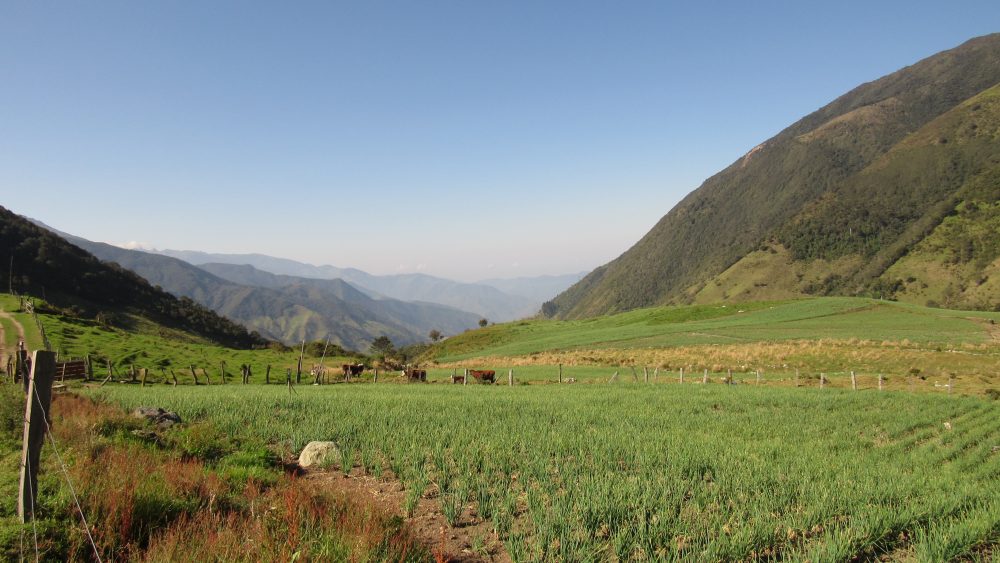A new research article published in Frontiers in Environmental Science written by LUMES alumni Laura Betancur-Alarcón and LUCSUS researcher Torsten Krause portraits how the transition towards peace in Colombia is marked by changing land-uses and a new type of environmental conflicts between farmers and environmental authorities in the mountains of southwest Colombia.
“Do you see that fence behind my house? Two years ago, it was not there, but further up. In that space, I used to graze my cows. But when the guerrilla left and the landowners came back, they fenced the whole plot”
In this quote a peasant narrates why, with the withdrawal of the Revolutionary Army Forces of Colombia (FARC) from her village, one large landowner came back to his land in order to build several fences so that he could impose the boundaries of his plot. However, the return of the landowners restricted access to water and land for those peasants who do not have legal land titles in the region (which in rural Colombia is very common).
This particular testimony exemplifies how new dynamics in land and water access in the Las Hermosas region, a high Andean forest area in southwest Colombia, emerge after the peace agreement between the FARC and the Colombian state was signed in 2016. But what does the peace agreement and these new dynamics mean for those small peasants who do not have legal land titles? What are the conflict legacies that change in this post- agreement phase and which are the social consequences of recent ecological redistributions?
In the article, the authors describe the local dynamics shedding light on the transition between the rules previously imposed by the FARC and the State’s agencies attempts to re-introduce formal land and water governance mechanisms today, after the FARC has left the region as a result of the peace agreement.
The article highlights how peasants without land ownership experience less access to water and land after the FARC’s retreat due to the return of landowners, the legal arrangements about ownership of the land, the procedures for obtaining legal water concessions and the governmental decisions on water resource conservation. These tensions reinforce the historically unequal resource and land distribution that characterize Colombia and which.
As part of the Nature of Peace research project, the ethnographic study contributes to the ongoing discussion about water governance in post conflict settings by presenting evidence about the Colombian highlands, home to important mountain ecosystems that provide water to a large population and industry.
“The long-lasting influence the FARC had in these regions cannot be ignored when understanding the change in access to and use of lands when the state returns and enforces its laws in areas that were inaccessible for several decades because of the armed conflict”, says Laura Betancur.
This work was supported by the Swedish Research Council for Sustainable Development (FORMAS – Grant 2018-00453) and the fieldwork for this research was funded by the International Swedish Center for Local Democracy (ICLD). The full article can be found here.

